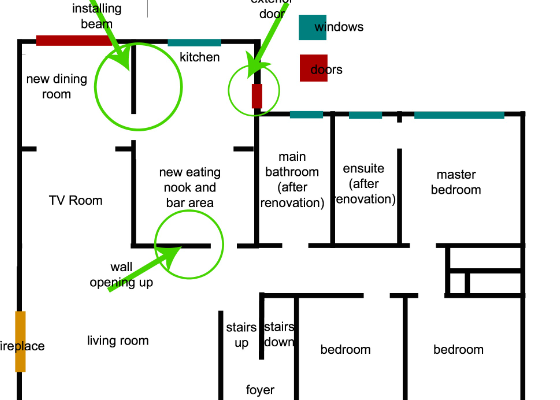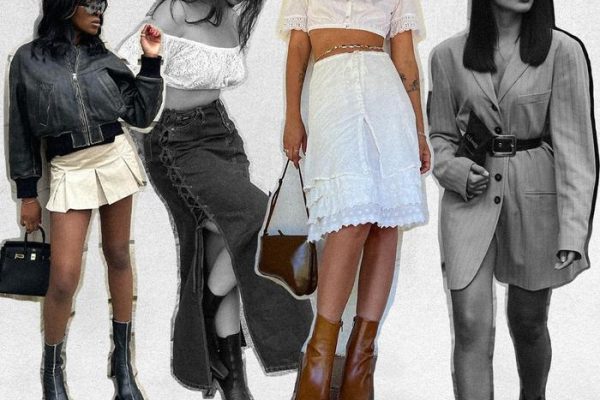Choosing the right fabric is important for logo-branded clothing and other garments. The wrong fabric will not do the design any justice.
There are many different types of fabrics to choose from. To choose the right one, it is essential to consider the textile’s weight, appearance, and specifications.
Table of Contents
Look at the Design
One of the most important things to consider in the fabric sourcing process for your product is its design. This can be tricky, especially since there are so many different designs and colors of fabric available. However, it is crucial to get this right if you want your finished product to look its best.
The first step in deciding on a fabric design is to decide what you will make. This will help you narrow your options and find the perfect fabric for your product.
For example, if you are making a dress, choose a fabric suitable for the dress’s weight. This is because different fabrics are categorized by their end garment use. This way, a supplier can see what you are looking for and recommend fabrics that match up well with your needs.
Similarly, choose a flame-retardant fabric with good rub fastness if you create an interior piece of furniture. This information can also be helpful when searching for fabric online.
Check the Fabric’s Weight
Fabric weight is another factor that influences how a fabric feels and how it will drape. You can check fabric weight in the metric system (g/m2 or GSM) or the Imperial system (ounces per square yard or oz/yd2). Some fabrics, like momme or denier, use special descriptions to describe their weight.
When looking for a fabric to use, it’s important to check its weight. A fabric’s weight indicates how heavy or light it is. A lighter fabric will be more fluid and flow better, while a heavier fabric will be stiffer and have less drape.
Knowing a fabric’s weight will help you decide if it is appropriate for the pattern you want to sew. Most sewing patterns will list a fabric weight recommended for the pattern, but you can also check the back of the packet to find out what fabrics work best with each design. Then, you can use that information as a starting point when browsing your fabric options. You can also look at the fabric swatches in the shop and compare them to your pattern to see if they match well.
Check the Fabric’s Elasticity
Whether it’s an everyday T-shirt or a dress made for warm weather, the fabric’s thickness and elasticity are important. A thicker and heavier fabric will keep the cold out, while a thinner and more stretchy one will provide a comfortable fit.
The fabric’s elasticity is how much it can stretch without deforming. It’s often measured in a broad sense (width and length) but can also be calculated per selvage or bias line. Measuring the fabric before it gets cut is best, as the elasticity will change after the cutting process.
It’s a good idea to compare the fabric’s elasticity with the pattern’s measurements, as this will help you ensure that the finished product will be a perfect fit. There’s nothing worse than wasting time and money on a project only to find out that the fabric you used needs to be bigger. Luckily, the filtering system makes it easy to find fabrics compatible with your chosen pattern. This way, you can avoid costly mistakes that make your clothing or accessories look sloppy and unprofessional.
Check the Fabric’s Durability
One of the most important aspects of a product is the fabric that it’s made from. If the wrong fabric is used, it can ruin the entire design. To find the right fabric for your project, you’ll want to consider various factors. These include the fabric’s weight, appearance, and specifications.
The fabric’s durability is also an important factor to consider. It will help to determine how much wear and tear the fabric can handle, which is especially useful for pieces that get a lot of use. The fabric’s abrasion resistance is usually measured using the Martindale or Wyzenbeek test. This helps categorize the fabric as light, medium, or heavy-duty.
For example, a fabric that can only withstand 15,000 double rubs would be classified as light-duty. This type of fabric would be best for a chair that gets occasional use. On the other hand, a fabric that can withstand 35,000 rubs would be considered heavy-duty and suitable for a chair used often. The higher the rub rating, the better the fabric’s durability.
Check the Fabric’s Color
When choosing a fabric for a garment or other project, you want to use one that matches your intended color. Especially if you have any color blindness or deficiency, it’s best to take your time to check the fabric’s color – both close up and from a distance. Depending on the background or adjacent area, the same color can look very different. The way the color interacts with the light can also change the color.
Look for fabric with even fading minus any spots or streaks. This shows that the dye was applied evenly.
The fabric is the most important part of a garment or other product. If you choose the wrong material, all your design and production efforts will be in vain. The right fabric will do justice to your design and produce the most beautiful result possible. This is why it’s important to check the fabric’s materials, types, weaving, and physical properties before making any decision. Hopefully, this guide has given you enough insight to help you find the perfect fabric for your next product.





